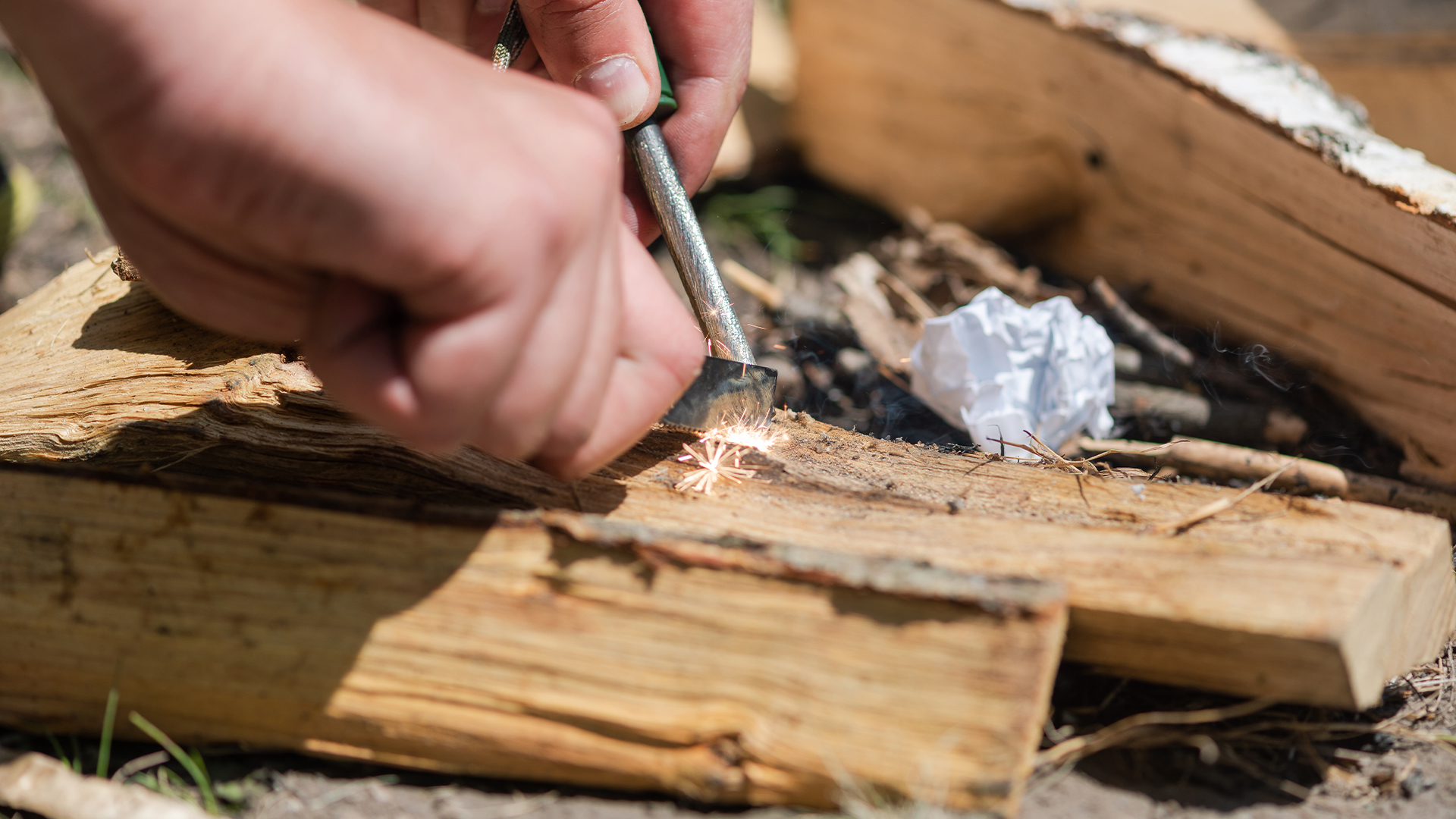Materials, Vol. 16, Pages 6921: Effects of Normalizing Temperature on Microstructure and Impact Toughness of V-N Micro-Alloyed P460NL1 Steel
Materials doi: 10.3390/ma16216921
Authors: Xinliang Li Huibing Fan Qiuming Wang Qingfeng Wang
In this work, the influence of normalizing temperature on vanadium micro-alloyed P460NL1 steel is studied in terms of microstructures and impact toughness. With the normalizing temperature increased from 850 °C to 950 °C, the V(C,N) particles are dissolved. The dissolution of V(C,N) particles leads to a reduction in their ability to pin the primitive austenite grain boundaries, resulting in the coarsening of the primitive austenite grain. Simultaneously, the number of precipitated particles promoting ferrite nucleation decreased. The combination of these two effects led to the coarsening of ferrite grains in the steel samples. Of note, in the sample normalized at a temperature of 850 °C, the ferrite and pearlite crystals clearly exhibited banded structures. As the normalizing temperature increased, the ferrite–pearlite belt phase weakened. The highly distributed belt phase resulted in poor impact toughness of the steel sample normalized at 850 °C. The belt phase was improved at a normalizing temperature of 900 °C. In addition to that, the microstructure did not undergo significant coarsening at this normalizing temperature, thereby allowing it to achieve the highest toughness among all samples that were prepared for this study. The belt phase almost vanished at the normalizing temperature of 950 °C. However, microstructure coarsening occurred at this temperature, resulting in the deterioration of impact toughness.

 5 months ago
17
5 months ago
17


